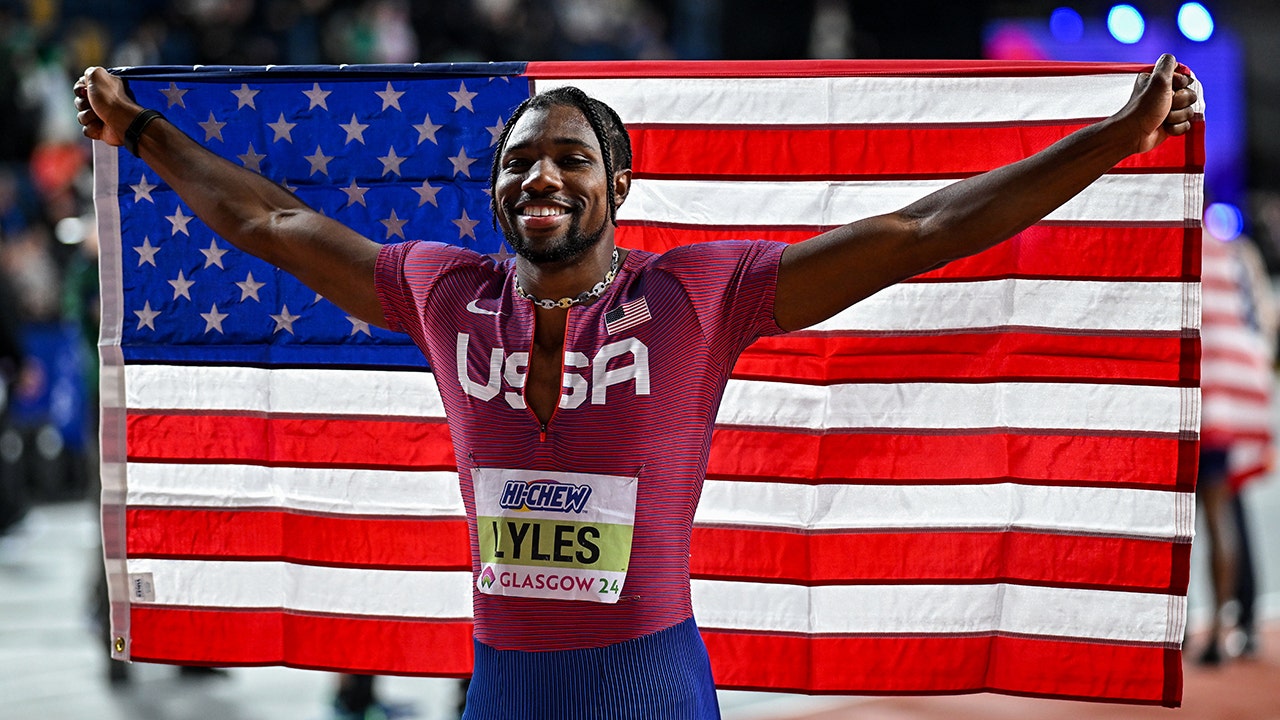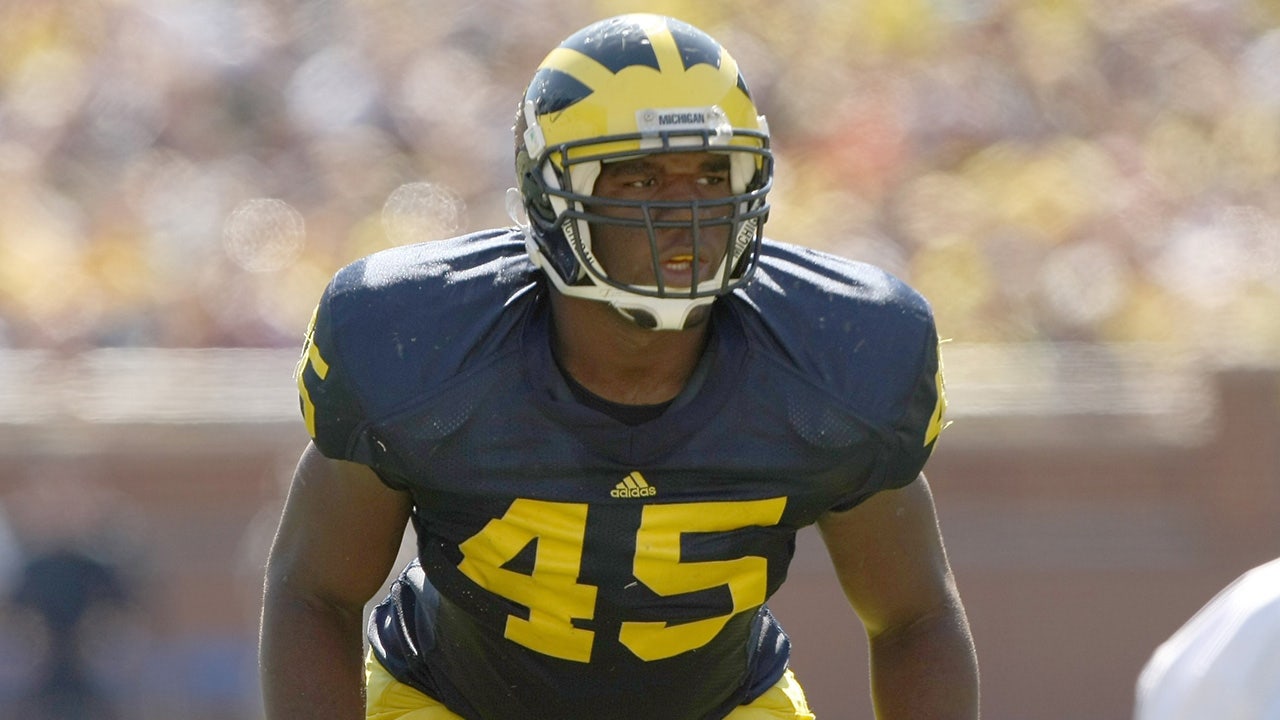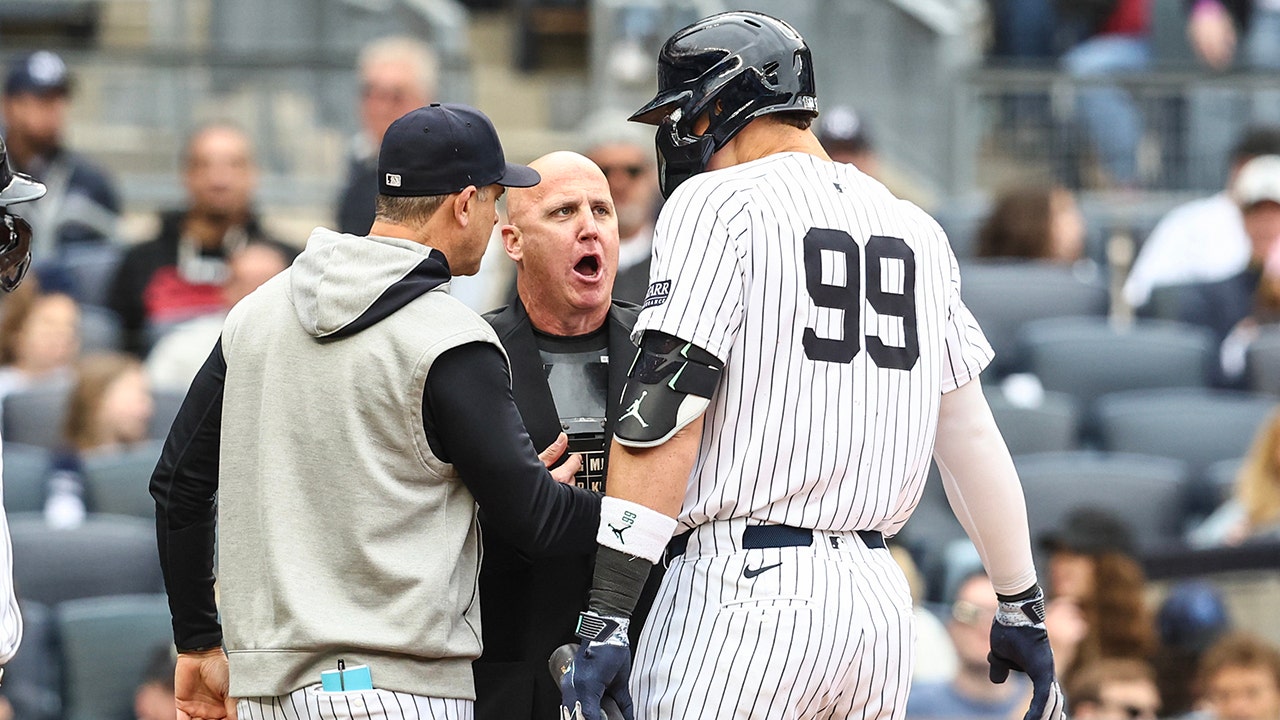
Rob Burrow, a rugby standout who overcame his diminutive stature with fleetness and ferocity to become an eight-time champion of Britain’s Super League and who was later hailed for raising awareness of motor neuron disease after being diagnosed with it in 2019, died on Sunday. He was 41.
His death — from M.N.D., a group of neurological disorders that includes amyotrophic lateral sclerosis, or A.L.S., also known as Lou Gehrig’s disease — was announced by the Leeds Rhinos, the British club with which he spent his entire 17-year professional career. It did not say where he died.
Doubted at every turn for his small stature — he was about 5-foot-5 and 150 pounds — Burrow nevertheless became a star, earning nicknames like Mighty Atom and Pocket Rocket in the British tabloids.
He was sapped of his physical gifts, however, when he was diagnosed with his neurological disorder at 37, just two years after his retirement in 2017.
Despite enduring an incurable illness in which muscles waste away, making even eating and breathing an ordeal, Burrow banded with his close friend and former teammate Kevin Sinfield to raise millions for research on M.N.D. and to support people with it, including establishing a care center in Leeds, in northern England.
In a much-publicized fund-raising challenge last December, Sinfield ran seven marathons in seven days in seven cities, each with a 27th mile tacked on to inspire people to go the “extra mile” for friends in need.
“My feet look like they’ve been run over with a lawn mower,” Sinfield said to the BBC.
The efforts caught the attention of Britain’s royal family. In January, Prince William appeared at Headingley Stadium in Leeds to present Burrow and Sinfield each with Commander of the Order of the British Empire honors, or C.B.E., for what he called their “phenomenal” charitable efforts.
In a message posted to social media on Sunday, Prince William called Burrow a “legend” of British rugby, adding that “he taught us, ‘in a world full of adversity, we must dare to dream.’”
In sporting circles, Burrow was known for his exploits as a standout for Leeds and a prominent member of the club’s so-called golden generation as it won several cups and eight Super League titles.
He was twice awarded the Harry Sunderland Trophy as man of the match in a Super League Grand Final. In one, a triumph over St. Helens in 2011, his performance was capped by a try regarded as “one of the finest of all time,” the British newspaper The Telegraph said, “when, with his lightning pace, he sidestepped, weaved and ducked past stunned defenders on a bewitching long-range run.”
In a statement posted to social media after his friend’s death, Sinfield wrote, “I would always say that you were pound for pound the toughest player I ever played alongside, however since your diagnosis, you were the toughest and bravest man I have ever met.”
Robert Geoffrey Burrow was born on Sept. 26, 1982, in Pontefract, West Yorkshire, southeast of Leeds. He was the youngest of three children of Geoffrey Burrow, a secretary with the British trade union G.M.B., and Irene (Bateman) Burrow.
He is survived by his parents; his wife, Lindsey Burrow; his daughters, Maya and Macy; a son, Jackson; and his sisters, Jo Hartshorne and Claire Burnett.
Growing up in nearby Castleford, Burrow was described as a rambunctious child who started playing rugby when he was 7. He attended Airedale High School and played for two amateur clubs before signing with Leeds in 1999.
He made his professional debut in 2001 and was named the Super League Young Player of the Year. “Once Rob got that number seven shirt, which has become iconic with his name attached to it, he never looked back,” Daryl Powell, one of his former coaches with Leeds, said after his death.
The first indication of Burrow’s illness came a few months before his diagnosis in December 2019, when his family noticed that he was slurring his speech.
“The next big thing was, when I was speaking to the club, somebody came up to me and said, ‘Am I drunk?’” Burrow said in a 2020 video interview with the club. Still, he added, he remained optimistic after his diagnosis. “Stephen Hawking lived 55 years with it,” he said.
By the following year his condition had worsened. He could no longer speak and instead relied on Eyegaze, a technology that allows a person to communicate using a camera that tracks eye movements.
Even so, he remained undaunted, telling The Guardian, “I don’t think you ever know your inner strength until you get told you are dying.”









